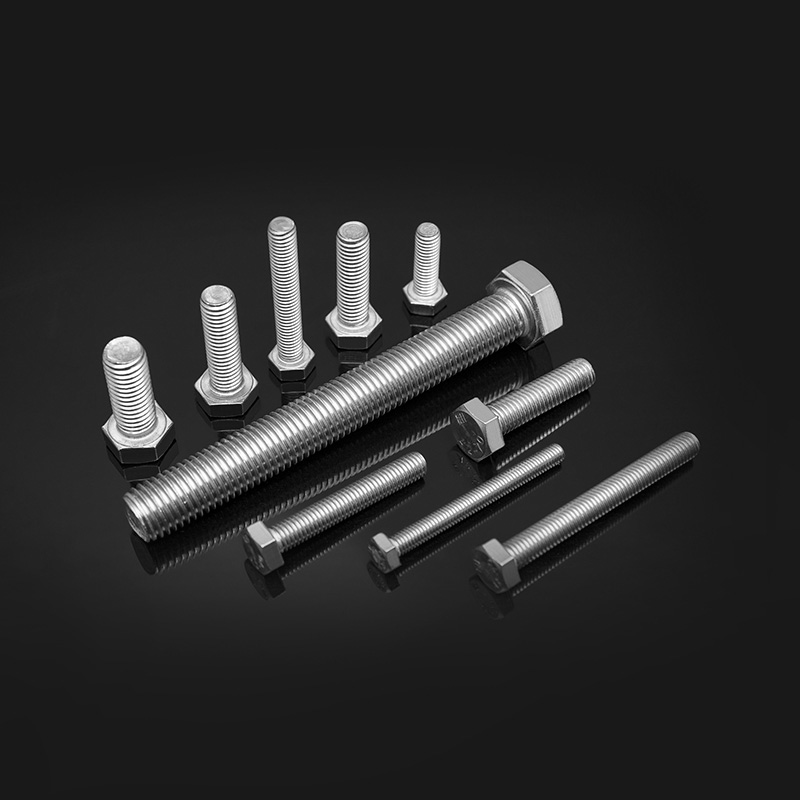+86 189 6101 2359
+86 133 6521 5663
+86 138 5268 6835
Stainless steel bolts are widely used in construction, marine, automotive, and industrial applications due to their corrosion resistance, durability, and mechanical strength. However, their performance can vary significantly depending on how they are processed. Two of the most common strengthening methods are heat treatment and cold working, both of which directly influence the strength, hardness, and overall reliability of stainless steel bolts.
Content
Heat treatment is a controlled heating and cooling process applied to metals to alter their physical and mechanical properties. For stainless steel bolts, the effect of heat treatment depends on the specific alloy and microstructure.
Austenitic Stainless Steels (e.g., 304, 316)
Martensitic Stainless Steels (e.g., 410, 420, 431)
Duplex Stainless Steels (e.g., 2205)
Key Point: Heat treatment increases strength mainly in martensitic and some precipitation-hardened stainless steels, while austenitic types rely on other methods for strengthening.

Cold working, also known as work hardening, involves deforming the metal at room temperature to increase its strength. This is typically achieved through forging, rolling, drawing, or threading processes during bolt production.
Effect on Austenitic Stainless Steel
Effect on Martensitic Stainless Steel
Effect on Duplex Stainless Steel
Key Point: Cold working is the primary method for increasing the strength of austenitic stainless steel bolts, making it critical for bolts used in demanding mechanical and structural applications.
| Process | Suitable Stainless Steel Types | Effect on Strength | Effect on Corrosion Resistance |
| Heat Treatment | Martensitic, Precipitation-Hardened | Significant increase in strength and hardness | May reduce corrosion resistance |
| Cold Working | Austenitic, Duplex | Substantial increase in tensile strength and hardness | Retains good corrosion resistance, though excessive work may reduce ductility |
The strength of stainless steel bolts is strongly influenced by their processing method. Heat treatment is primarily beneficial for martensitic and precipitation-hardened stainless steels, increasing hardness and tensile strength but sometimes at the expense of corrosion resistance. Cold working, on the other hand, is the key strengthening method for austenitic stainless steel bolts, enhancing their strength while maintaining corrosion resistance. By understanding how these processes affect different stainless steel grades, manufacturers and engineers can select the right bolt type for each application, balancing durability, corrosion performance, and mechanical reliability.

ThreadTolerance: 6gstandardDIN 13-15、DIN 13-12Rod diameter dd≤M20:A2-70、A4-70;M20<d≤M39:A2-50、A4-50;d≥M39:C3、C4;d<M39
See DetailsCopyright © Jiangsu Huajie Stainless Steel Products Co., Ltd. All Rights Reserved.
Stainless Steel Fasteners Manufacturers